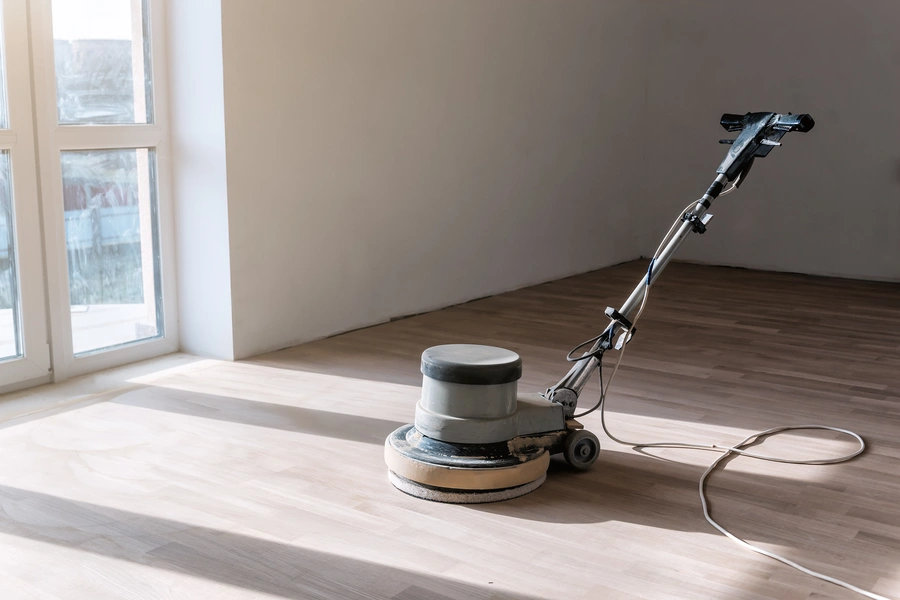Explore the Differences to Choose the Best Approach for Your Floors
When it comes to maintaining beautiful hardwood floors, knowing the right technique can make all the difference. Homeowners often find themselves deciding between floor sanding and full refinishing. Both methods have their benefits and downsides. Floor sanding involves removing only a top layer of wood to smooth out imperfections, while full refinishing includes both sanding and adding new layers of finish. Understanding these options will help you make an informed decision that suits both your needs and budget.

Key Features of Floor Sanding
Floor sanding is a process that focuses on scraping off the top layer of wood flooring to eliminate scratches or dents. This method is less invasive than others and can be done more quickly. It’s ideal when your floors need a little touch-up rather than a complete overhaul. Sanding revitalizes the look of your floors without altering their original character too much.
Is Floor Refinishing Necessary?
Sometimes, floor sanding isn’t enough if your floors are worn down. In this case, floor refinishing is required. This involves sanding followed by applying a new coat of finish. The process fully restores the floor’s appearance, making it look as good as new. While it costs more than simple sanding, the results are usually worth the investment.

Benefits of Choosing Full Refinishing
The comprehensive nature of full refinishing offers several advantages. It not only removes surface blemishes but also strengthens the floor with new protective layers. A fresh finish acts as a barrier against future damage, extending the life of your flooring considerably. If you’re planning to sell your home, full refinishing can increase its value by enhancing interior aesthetics.
Challenges You Might Face
Tackling either floor sanding or full refinishing comes with its own set of challenges. Sanding can generate dust and requires precise technique to avoid uneven surfaces. On the other hand, full refinishing is labor-intensive and takes more time due to drying periods between sanding and applying finishes. Hiring professionals can mitigate these challenges but may add to overall costs.
Steps for Effective Floor Maintenance
- Regularly sweep or vacuum to remove dirt and debris.
- Use rugs in high-traffic areas to reduce wear and tear.
- Avoid water spills; wipe them up immediately.
- Consider professional sanding every few years for upkeep.
- If needed, opt for full refinishing to restore beauty completely.
Expert Tips for Lasting Floors
To maintain your floors, follow some expert advice. Always use furniture pads to prevent scratching, and keep indoor humidity levels stable to avoid wood expansion. Regular inspections for early signs of damage can save you from costly repairs in the long run. Proper care extends the lifespan of your flooring, whether you’ve opted for sanding or refinishing.
Cost Considerations for Your Flooring Project
When deciding between floor sanding and full refinishing, cost plays a crucial role. Sanding alone costs less since it requires fewer materials and labor hours. However, the longevity offered by a full refinish might provide better value over time. It’s essential to weigh initial expenses against the potential increase in property value and reduced need for frequent maintenance.
Your Next Steps for Beautiful Floors
To make the most of your hardwood floors, decide whether floor sanding or full refinishing suits your needs best. We’re located in Denver, CO, ready to offer our expertise. Reach out to Final Point Flooring at (720) 428-1935 for a consultation on how we can enhance your living space with professional flooring services tailored just for you.
